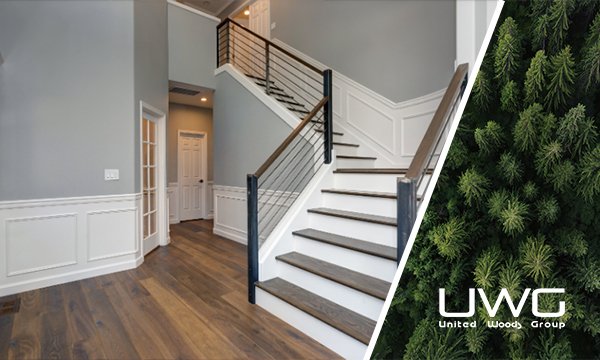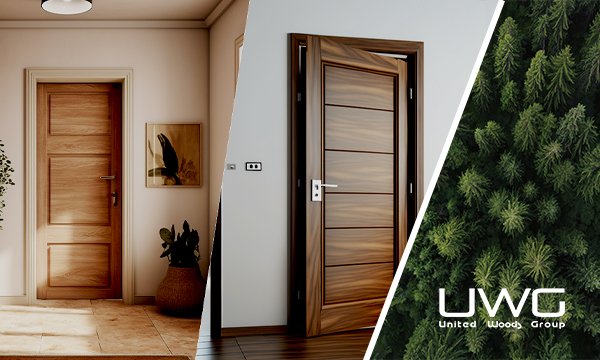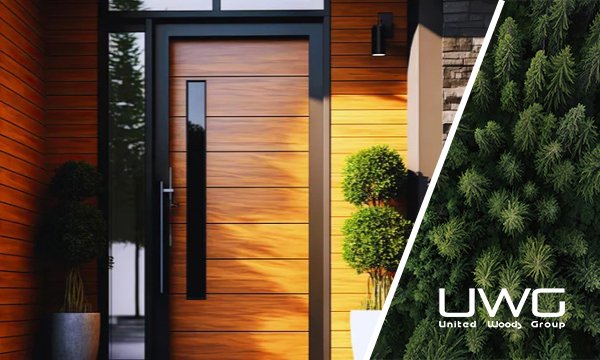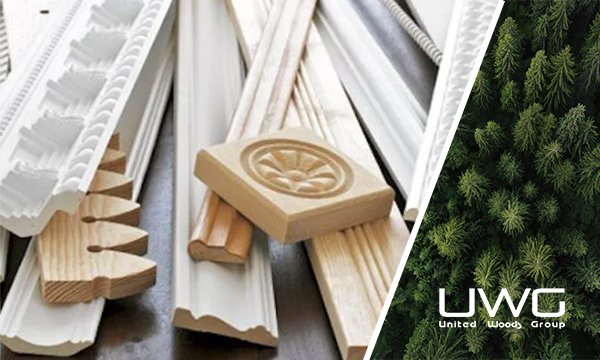When selecting cabinets for your home, the materials used can significantly impact both the aesthetic appeal and functional longevity of your investment. Have you ever wondered which materials offer the best durability, cost-effectiveness, and style? How can you choose a material that not only enhances the beauty of your kitchen or bathroom but also stands the test of time?
Choosing the right cabinet material can transform the look and feel of your space, making it not only beautiful but also practical and long-lasting. In this guide, we will explore the various materials used in cabinetry, including solid wood, plywood, MDF, particleboard, and different hardware options. By understanding the benefits and drawbacks of each material, you can make an informed decision for your next project, ensuring that your cabinets meet your needs and preferences perfectly.
- What Are the Advantages of Solid Wood Cabinets?
- How Does Plywood Compare to Other Cabinet Materials?
- What Makes MDF a Popular Choice for Cabinetry?
- Are Particleboard Cabinets Durable and Cost-Effective?
- How Do Different Cabinet Finishes Affect Durability and Aesthetics?
- What Hardware Materials Are Best for Cabinet Longevity and Style?
What Are the Advantages of Solid Wood Cabinets?
Solid wood cabinets are often considered the pinnacle of quality and luxury. But what makes them so special? Here are some key advantages:
- Durability: Solid wood is incredibly durable and can withstand heavy use, making it an excellent choice for high-traffic areas like kitchens.
- Timeless Appeal: Wood’s natural beauty and grain patterns add a timeless, classic appeal that can enhance the overall aesthetic of your home.
- Customizability: Solid wood can be easily customized in terms of shape, size, and finish, allowing for a wide range of design possibilities.
- Value: While more expensive, solid wood cabinets add significant value to your home and can be a worthwhile investment.
- Repairable: Solid wood can be sanded and refinished multiple times, extending the life of your cabinets and allowing them to look new for years.

How Does Plywood Compare to Other Cabinet Materials?
Plywood is another popular material for cabinetry, often praised for its balance between cost and performance. But how does it stack up against other materials?
- Strength and Stability: Plywood is made from layers of wood veneers glued together, which gives it excellent strength and stability. It’s less prone to warping and cracking compared to solid wood.
- Cost-Effective: While more expensive than particleboard and MDF, plywood is generally less costly than solid wood, offering a good balance between quality and price.
- Lightweight: Plywood is lighter than solid wood, making it easier to handle and install.
- Moisture Resistance: The layered construction of plywood provides better resistance to moisture than particleboard and MDF, making it a good choice for areas prone to humidity.
- Versatility: Plywood can be used for both the structural components and the visible parts of cabinets, offering a cohesive look.

What Makes MDF a Popular Choice for Cabinetry?
Medium-Density Fiberboard (MDF) is a man-made material that has become a popular choice for cabinetry. But what makes MDF stand out?
- Smooth Surface: MDF has a smooth, uniform surface that is ideal for painting and laminating, resulting in a sleek, modern look.
- Affordability: MDF is typically less expensive than both solid wood and plywood, making it an attractive option for budget-conscious projects.
- Consistency: Unlike natural wood, MDF has no knots or grain patterns, providing a consistent appearance and reducing the risk of defects.
- Workability: MDF is easy to cut, shape, and customize, making it a versatile material for intricate designs and details.
- Environmental Impact: MDF is made from recycled wood fibers, which can be a more sustainable choice compared to using solid wood.

Are Particleboard Cabinets Durable and Cost-Effective?
Particleboard is another engineered wood product used in cabinetry. It’s known for its affordability, but is it a durable choice?
- Cost: Particleboard is the most affordable cabinet material, making it a popular choice for budget-friendly projects.
- Lightweight: Like plywood, particleboard is lightweight and easy to work with, simplifying installation.
- Smooth Surface: The smooth surface of particleboard is suitable for laminates and veneers, offering a wide range of finish options.
- Eco-Friendly: Made from wood waste, particleboard is an eco-friendly option that repurposes materials that would otherwise be discarded.
- Durability Concerns: While cost-effective, particleboard is less durable and more susceptible to moisture damage and sagging over time, particularly in high-use areas.

How Do Different Cabinet Finishes Affect Durability and Aesthetics?
The finish on your cabinets plays a crucial role in both their appearance and longevity. But how do different finishes compare?
- Paint: Provides a smooth, modern look and is available in any color. However, it can chip and may require touch-ups over time.
- Stain: Enhances the natural beauty of wood by allowing the grain to show through. Stains offer durability and are easier to touch up than paint.
- Laminate: A synthetic finish that is highly durable and available in a variety of colors and patterns. It’s resistant to stains and scratches but can be more challenging to repair if damaged.
- Varnish: Adds a protective layer to wood cabinets, enhancing durability and moisture resistance. It can yellow over time but is easy to reapply.
- Acrylic: Offers a high-gloss, contemporary look that is extremely durable and resistant to moisture and UV light. It’s easy to clean but can show fingerprints and smudges.

What Hardware Materials Are Best for Cabinet Longevity and Style?
The hardware on your cabinets not only affects their functionality but also their overall style. What materials should you consider for the best longevity and aesthetic appeal?
- Stainless Steel: Highly durable and resistant to rust and corrosion, making it an excellent choice for both modern and traditional kitchens.
- Brass: Adds a warm, classic look and is available in a variety of finishes. It’s durable but can tarnish over time if not properly maintained.
- Zinc Alloy: Affordable and versatile, zinc alloy is available in many finishes and styles. It’s less durable than stainless steel and brass but offers good value.
- Bronze: Provides a rustic, antique look and is very durable. It develops a natural patina over time, adding to its character.
- Ceramic: Often used for decorative knobs and pulls, ceramic hardware can add a unique, artistic touch. It’s durable but can chip if handled roughly.

Choosing the right materials for your cabinets requires careful consideration of cost, durability, and aesthetics. Each material option offers unique benefits and potential drawbacks that impact both the visual appeal and long-term performance of your cabinets. By thoroughly understanding these factors, you can make a well-informed decision that not only enhances the beauty but also ensures the functionality of your home for years to come. Whether prioritizing the timeless elegance of solid wood, the versatility of engineered materials like plywood or MDF, or the affordability of particleboard, your choice should align with your budget and stylistic preferences to create a cohesive and durable living space.







